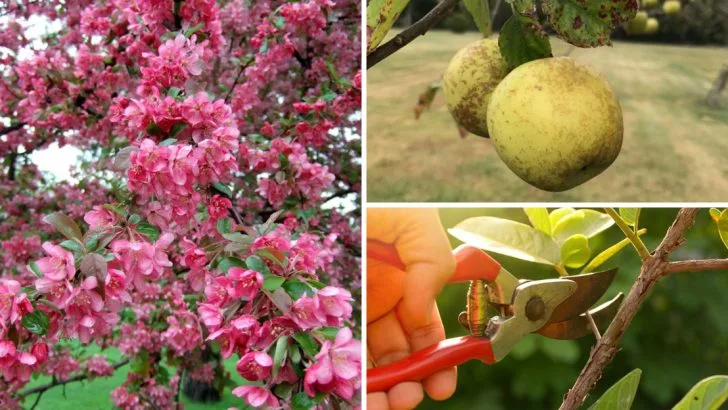Crabapple trees are known for their beautiful, showy blooms in spring, but sometimes, they just won’t flower. If your tree is looking healthy but isn’t producing the vibrant blossoms you expect, there could be a few reasons behind it. Figuring out why your crabapple isn’t blooming can help you get it back on track so you can enjoy its colorful display next season.
Several factors could be causing the lack of blooms, from improper pruning to environmental stress or even a lack of pollination. It’s important to troubleshoot and pinpoint the issue—whether it’s too much or too little sunlight, soil issues, or even weather-related stress. Once you know what’s causing the problem, you can take steps to fix it and encourage those beautiful flowers to bloom.
Improper Sunlight

Crabapples thrive in full sunlight. Without at least six to eight hours of direct sun each day, these trees may struggle to produce their vibrant blossoms. Imagine a crabapple tree nestled in the shadows, yearning for the warm embrace of the sun. This lack of light can stifle its spirit, leaving it bare and bloomless.
To encourage flowering, consider repositioning the tree or trimming nearby foliage that casts unwanted shade. Ensuring consistent sunlight can transform a shy, dormant crabapple into a dazzling garden centerpiece.
Nutrient Deficiency

Nutrient-rich soil plays a crucial role in a crabapple tree’s blooming success. When essential nutrients are scarce, the tree may fail to flower as it struggles to sustain itself. Leaves may yellow, revealing the plant’s silent plea for nourishment.
To rectify this, conduct a soil test to pinpoint deficiencies and amend the soil with the necessary fertilizers. A well-fed crabapple rewards with a breathtaking floral display, turning your garden into a paradise of color.
Improper Pruning
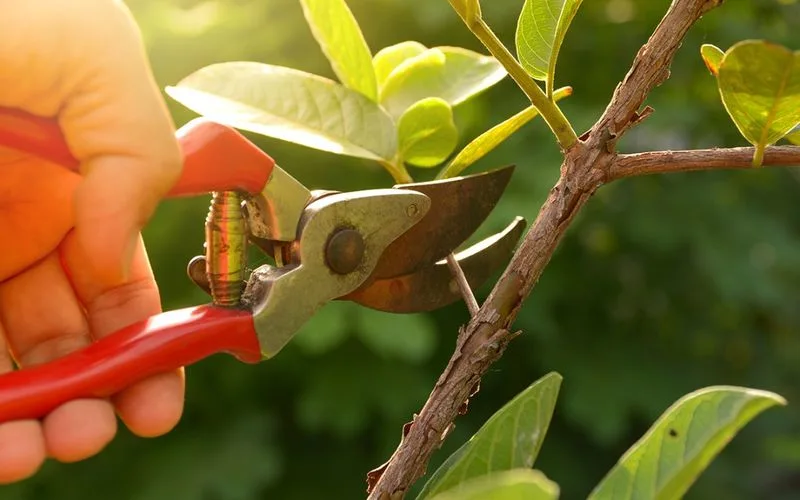
Pruning is an art that, when done incorrectly, can hinder your crabapple’s blooming potential. It’s easy to clip away more than intended, unknowingly removing budding stems. Picture a gardener snipping away, only to realize the tree’s beauty was in the branches just cut.
Timing is key. Prune soon after flowering in spring to avoid cutting future blooms. Proper techniques and timing can coax your crabapple into a flourishing masterpiece of nature.
Overwatering

Water is life, but too much can drown even the hardiest of crabapple trees. Overwatering leads to waterlogged roots, depriving them of necessary oxygen, and can prevent the tree from blooming. Picture a crabapple standing in a soggy garden, its roots gasping for breath.
Focus on well-draining soil and moderate watering routines. Allow the topsoil to dry out between waterings to maintain a healthy, flowering crabapple. Balance is key to unlocking a sea of blossoms.
Pest Infestation

Pests like aphids can be tiny invaders with a big impact on your crabapple’s ability to bloom. These unwelcome guests sap the tree’s energy, focusing its resources on survival rather than flowering. Imagine leaves teeming with pests, a battleground for the crabapple.
Combat these pests with regular inspections and suitable treatments. Natural predators like ladybugs or insecticidal soaps can help restore balance, ensuring your crabapple can dedicate its energy to producing beautiful blossoms.
Improper Planting Depth

Planting depth is critical to a crabapple’s development and blooming. If planted too deeply, the tree may struggle with nutrient uptake and fail to flower. Envision a crabapple with its graft union buried, hidden beneath layers of soil, yearning to reach the surface.
Replanting at the correct depth, ensuring the graft union is visible above the soil line, can rejuvenate your crabapple and encourage blooming. This simple adjustment can brighten your garden with a spectacle of blossoms.
Disease
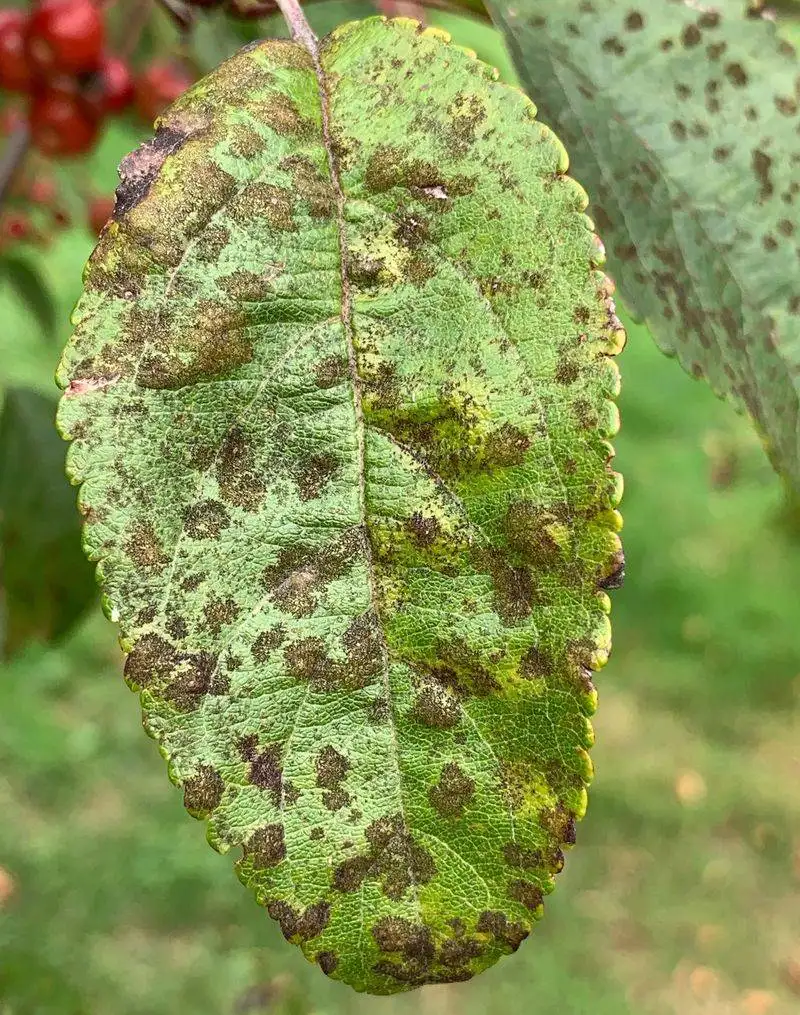
Diseases, such as apple scab or powdery mildew, can ravage a crabapple tree, impeding its ability to flower. Picture a tree with spotted, wilting leaves, struggling to maintain its health under the distress of disease.
Regular inspections and appropriate fungicidal treatments are vital. Selecting disease-resistant varieties and maintaining good air circulation around the tree can also help. A healthy, disease-free crabapple is more likely to burst into bloom, adding charm to your garden.
Environmental Stress
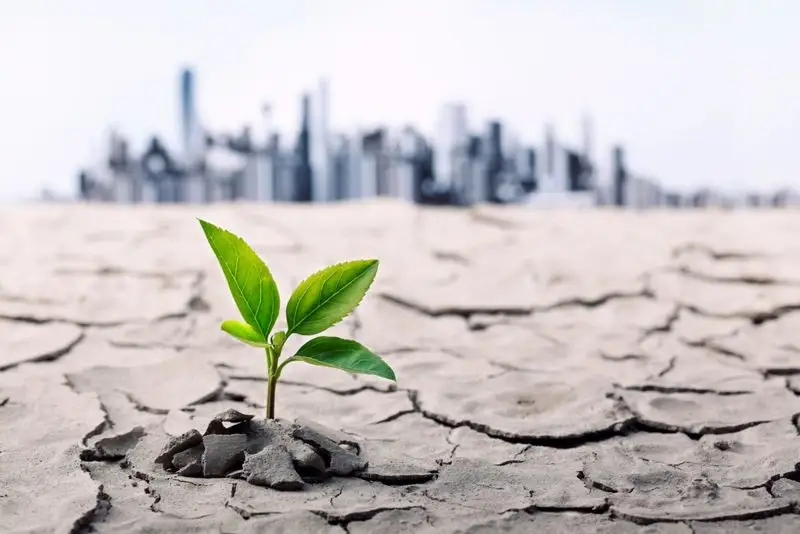
Crabapple trees are sensitive to their environment, and stress from harsh conditions can stunt their blooming ability. Imagine a crabapple swaying in a fierce windstorm, its branches strained and leaves battered. Such stress diverts energy from flowering.
Shield your tree from extreme elements with windbreaks or protective coverings during adverse weather. A calm, protected environment helps the crabapple conserve energy, leading to a flourishing bloom season.
Age and Maturity
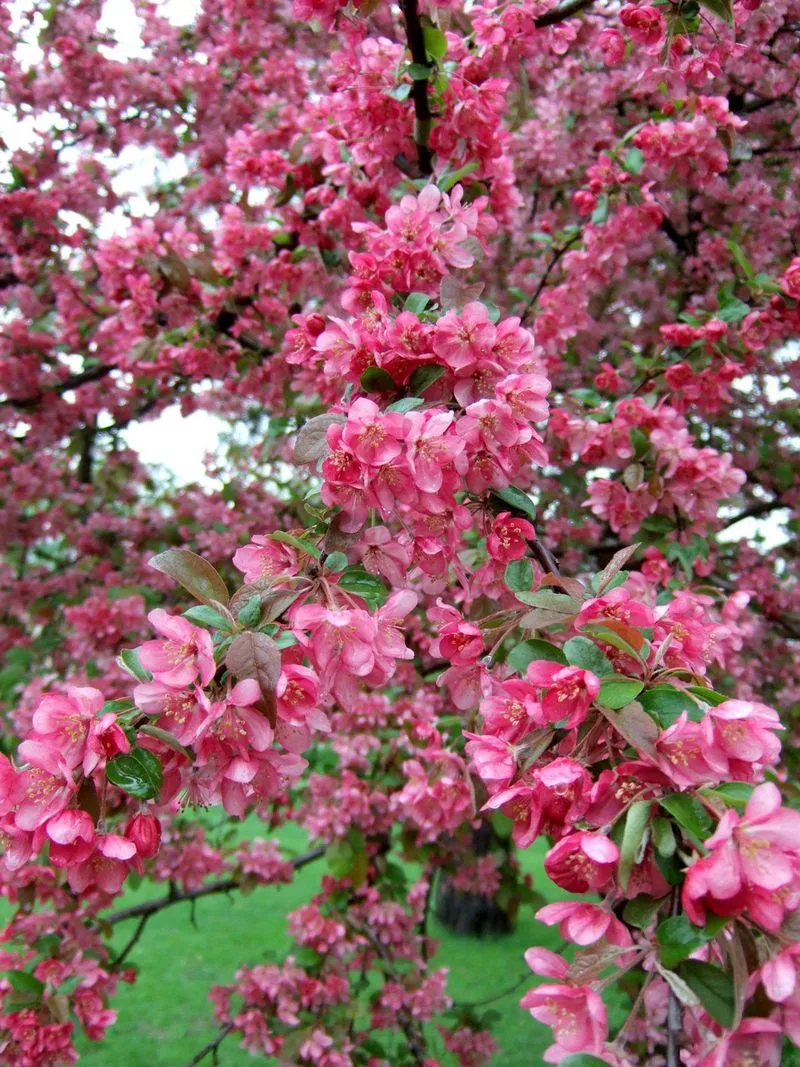
Crabapple trees, much like fine wine, may take time to reach their full blooming potential. Young trees often conserve energy for growth, producing few flowers in their early years. Picture an old, gnarled crabapple, which has weathered many seasons.
Patience is key. As the tree matures, its blooms will likely become more prolific. Understanding your tree’s life stage allows you to set realistic expectations and appreciate the gradual unfolding of its beauty.
Soil pH Imbalance

Soil pH can make or break a crabapple’s blooming success. If the pH is too high or too low, nutrient absorption is impaired, affecting flower production. Envision a crabapple standing tall in soil that doesn’t quite feel like home.
Testing soil pH and amending it to a suitable level (around 6.0 to 7.0) can significantly enhance blooming. This balanced environment nourishes the crabapple, fostering an explosion of blossoms come spring.
Competition with Other Plants
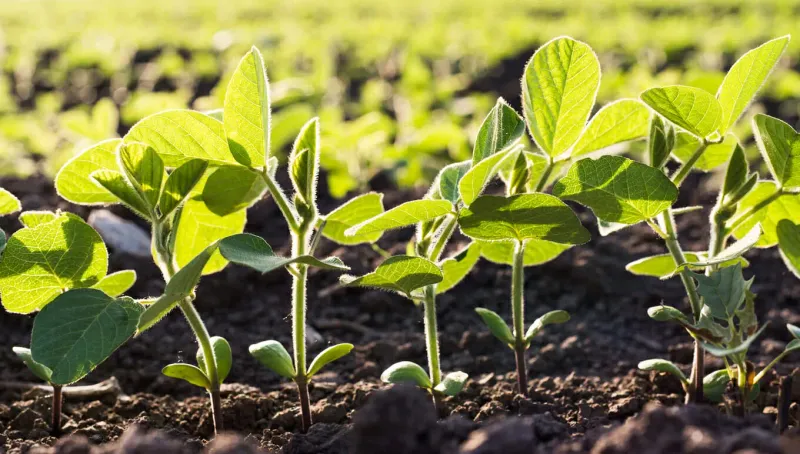
Crabapples may face stiff competition from nearby plants for resources, hindering their bloom. Picture a crabapple amidst a sea of greenery, its roots locked in a silent battle for water and nutrients.
Clear the area around your crabapple, reducing competition and allowing it to thrive. When the tree has ample space and resources, it can dedicate more energy to flowering, transforming your garden into a floral delight.
Root Damage
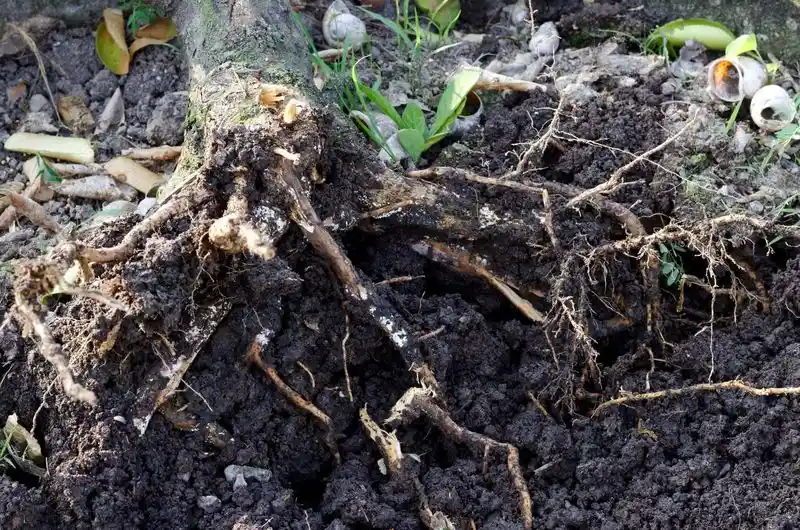
Root damage can be a silent saboteur, affecting your crabapple’s ability to bloom. Whether due to mechanical injury or soil erosion, compromised roots struggle to support flowering. Visualize a crabapple with roots exposed, vulnerable and needy.
Protecting roots from injury and addressing soil erosion can nurture the tree back to health. When the roots are secure and robust, the crabapple can focus on producing splendid flowers, gracing your garden with color.

